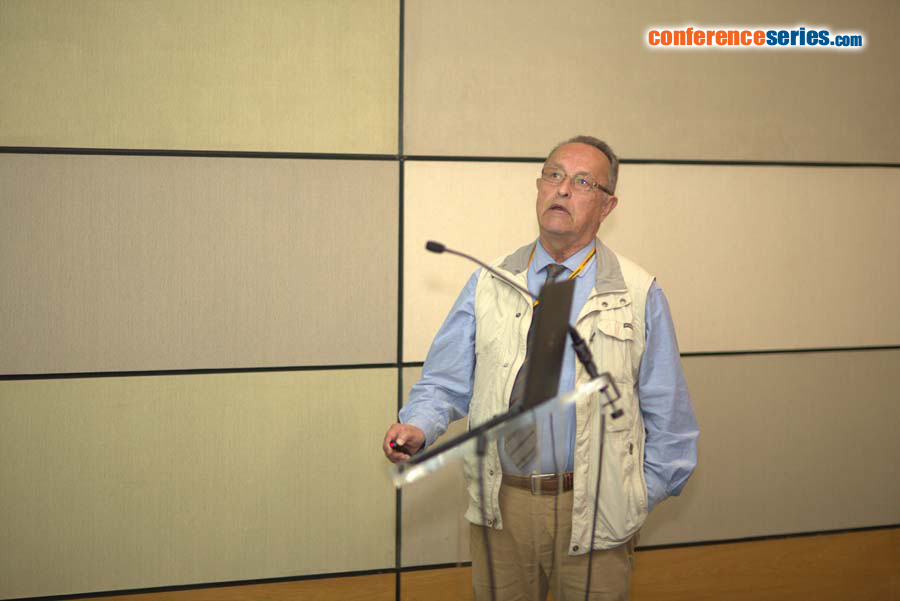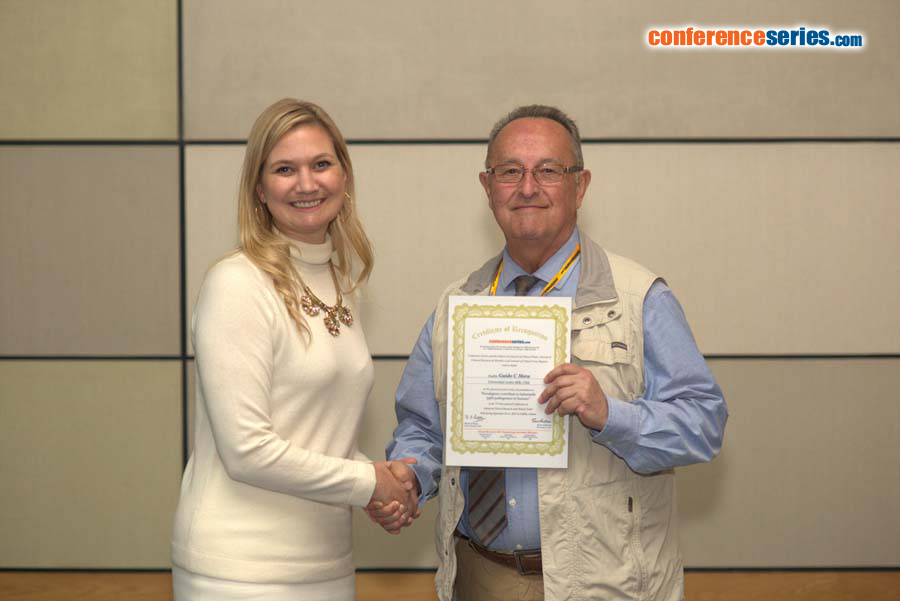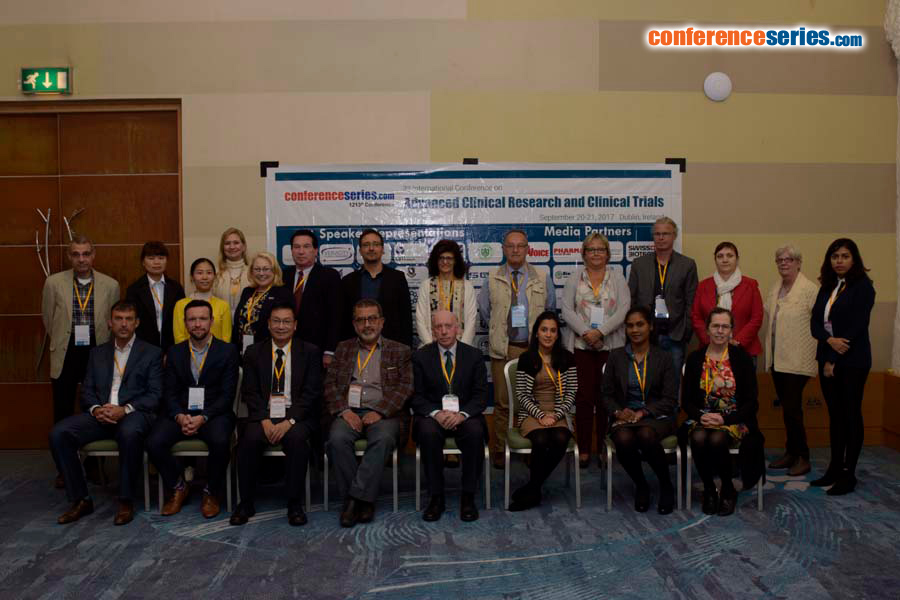
Guido C Mora
Universidad Andres Bello, Chile
Title: Pseudogenes contribute to Salmonella typhi pathogenesis in humans
Biography
Biography: Guido C Mora
Abstract
Salmonella enterica serovars, in spite of sharing a highly similar genomic content, exhibit a fundamental difference in the range of host they infect and in the disease they cause. Some serovars such as Salmonella typhimurium, are called generalist because they infect several mammalian hosts and other, such as Salmonella typhi, are called specialist because their target is one and only host, in this case the human being. S. typhi causes typhoid a systemic infection which is a potentially lethal disease in contrast to S. typhimurium causing a self-limited gastroenteritis, rarely lethal. The evolution of S. typhi towards a strictly human pathogen may have arisen by acquisition of new functions, loss of functions, or by a combination of both mechanisms. It is understandable that the gain of function can provide a selective advantage to a bacterium in a particular environment. Nevertheless, the loss of functions also can drive pathogen evolution, either by eliminating a function that reduces growth in a particular niche or by the energy savings associated with eliminating a function that is no longer needed. Therefore, our working hypothesis is that the difference in the disease caused in humans by S. typhi and S. typhimurium is due to, at least in part, by the gain and/or loss of functions. This presentation will be dedicated to show that pseudogenization or the erosion of some genes may modify bacterial functions leading S. typhi to a better fit in its host because the study of S. typhi pathogenic mechanisms are hampered by the nature of its host. Our approach is to work with culture cell lines. This presentation will be dedicated to show the effect of two interesting pseudogenes, sseJ and marT. In S. typhimurium both are active genes encoding SseJ and MarT. The former corresponds to an acyltransferase/lipase that participates in Salmonella containing vacuole biogenesis in human epithelial cell lines and is needed for full virulence of S. typhimurium. On the contrary, our work suggest that sseJ inactivation in S. typhi has important role in the systemic infection. The latter is a transcriptional regulator as part of marT-fidL operon located at SPI-3. Our work shows that S. typhi expressing S. typhimurium marT-fidL exhibited an increased accumulation of reactive oxygen species (ROS), leading to a decreased survival in presence of H2O2 that also affected survival within macrophage-like cells. The genes loss included in this presentation are supporting the notion that pseudogenization in S. typhi is to gain a better fit and virulence in its host






